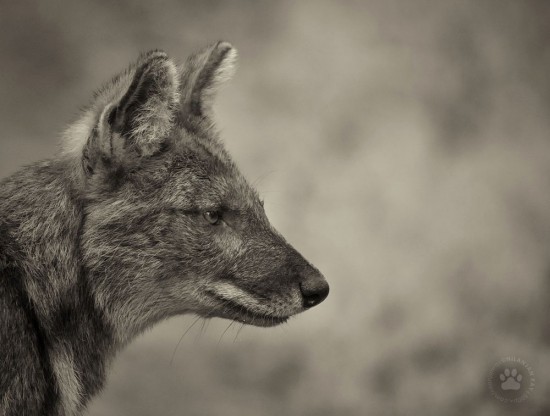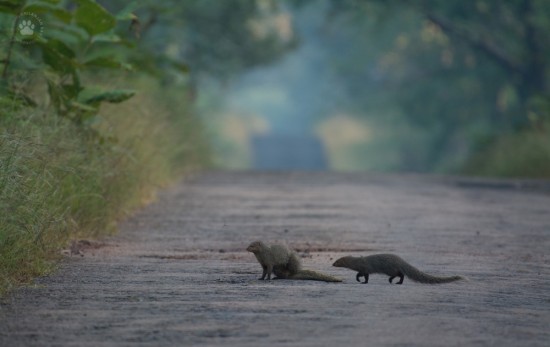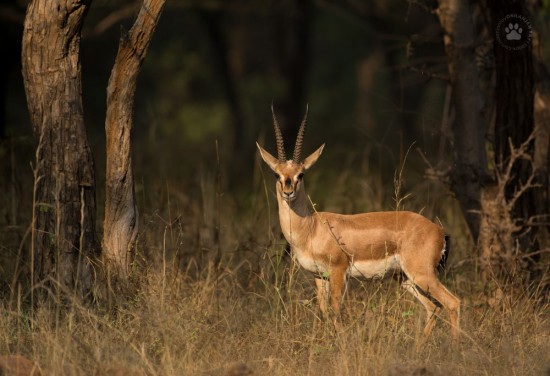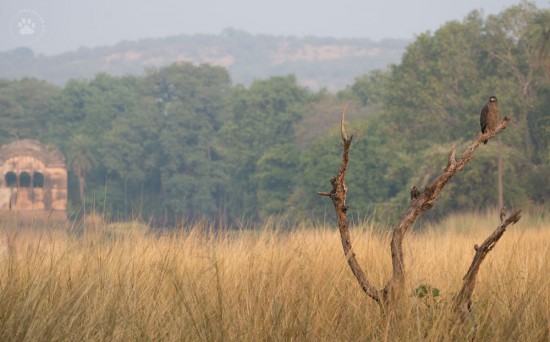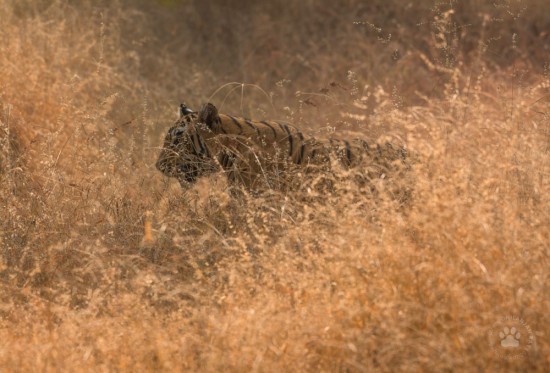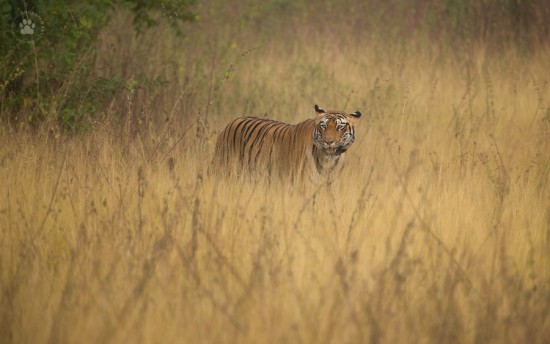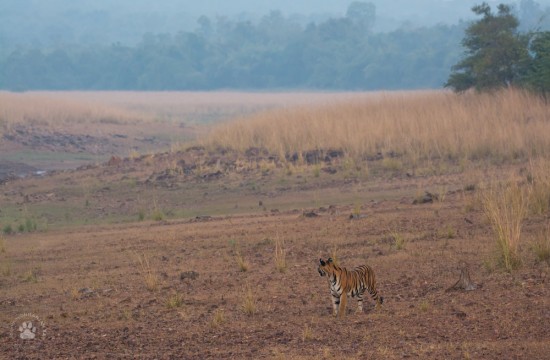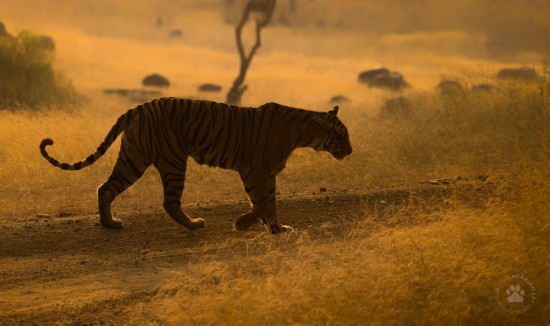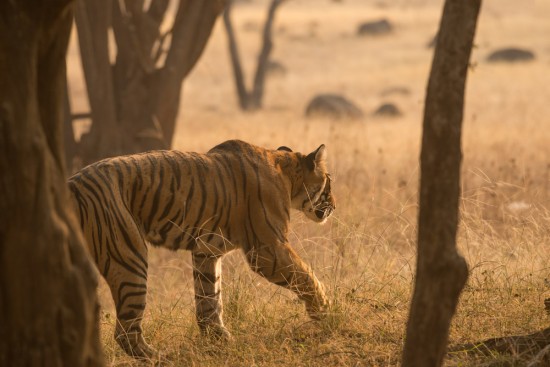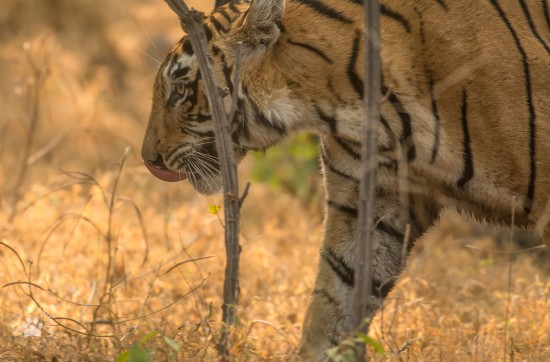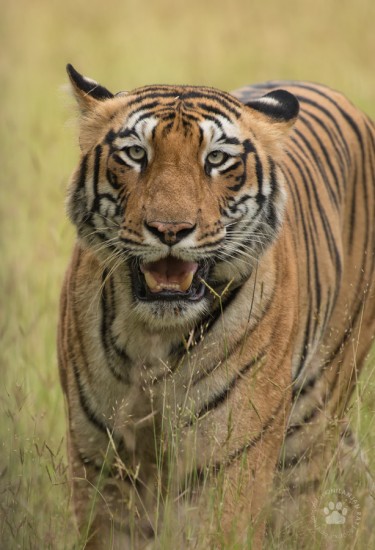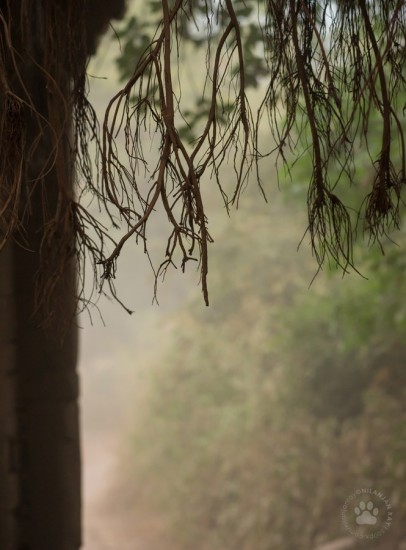
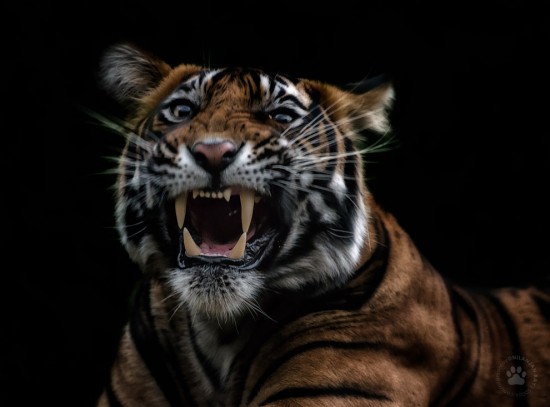
Two weeks safari with the Nikkor 200-500mm f/5.6E ED VR lens – Nilanjan Ray goes tiger shooting to Tadoba National Park and Ranthambore National Park in India:
I am an amateur wildlife photographer with a day job in technology marketing. I like roadtrips, love mountains and forests, and need my tiger fix at least once a year. When the Nikon 200-500mm was announced, I was excited because of the price tag and the extra 100mm reach over the Nikon 80-400mm AF-S. I bought a firmware-corrected version about a month back. Tiger season had started in India after the monsoon break. October and early November are not the ideal months for encountering tigers – the best sightings happen in spring and summer – but the urge to hit the road with the new lens was too strong. So I ended up going on a 4100 km roadtrip to Tadoba and Ranthambore, two Indian national parks renowned for tigers. I spent two weeks in the field, shooting with the lens for more than 7 hours every day.
Why I opted for the Nikon 200-500mm
I like shooting predators, I am not a birder. I have shot with the new Nikon 80-400mm AF-S, the Tamron 150-600mm and the Nikon 300mm f/2.8. I wanted more reach than 400mm, and always felt that the new 80-400mm AF-S was a little overpriced. The Tamron seemed a little front heavy, and I was not that comfortable with the AF or shooting at low shutter speeds. The 300mm f/2.8 is a fantastic lens, but I prefer a long zoom for the flexibility it gives me. I have not shot seriously with the 200-400mm f/4, but have taken casual shots with it. I wouldn’t carry it on an Indian safari because it is too heavy and unwieldy for my style.
Before buying the Nikon, I had been considering the Sigma 150-600mm Sport. But I like shooting handheld, and after shooting with the 300mm f/2.8 + TC (that combination weighs close to the Sigma S), I decided that I didn’t want to carry such a lens when sharing a vehicle with others during safaris, hiking in the mountains or shooting from a canoe. Moreover, the Sigma was 40% more expensive than the Nikon in India.
The initial test shots gave me the impression that the lens was at least as sharp as the 80-400mm AF-S. But then, I knew that the lens was sharp even before I had bought it. The two key questions were:
- How would the AF perform for moving animals, and/or in bad light?
- Was the lens robust enough to hold up in the dusty conditions of Indian forests?
The D810 (which I rent once in a while) and D7100 had performed rather well with the new 80-400mm, and given me keepers in near dark conditions. I wondered what compromises Nikon had made with the 200-500mm.
The trip
I carried two camera bodies for this trip – the D7100 and the D610 (the D810 was not available for renting). Not the best bodies for good AF, but I knew if the lens performed well with these bodies, I would be happier when I upgrade next year to a high end FX and the best (D400 or D7200) DX body. I used a Lowepro 450 AW to carry all the gear. Body + lens – with hood on – fit in the bag.
I drove overnight to Tadoba to reach the park in time for the afternoon safari. It was an 1100 km drive, but excitement and adrenaline helped in fighting off fatigue. I didn’t get any decent shots during the first safari, but over the next few days, I had one good sighting of a tigress, and a couple of big cat encounters in bad light.
After Tadoba, I drove 900 km to Ranthambore National Park in Rajasthan. On the way, I passed by Kuno-Palapur Sanctuary, where the forest department is planning to reintroduce the lion and the cheetah. I took my 4×4 SUV inside for a self-drive safari, before I headed to Ranthambore.
Ranthambore was a little touristy and chaotic, but that was expected. Since this was a hastily planned trip, I didn’t get a place in a Gypsy – the 4WD safari vehicle – for most of my drives, and had to shoot from a larger tourist vehicle (which meant I couldn’t get the angles and the low height I wanted). Learning: need to plan better next time I go to Ranthambore, and book safaris at least 90 days in advance ☺

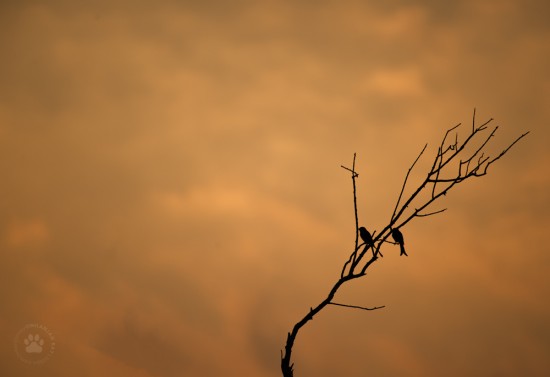
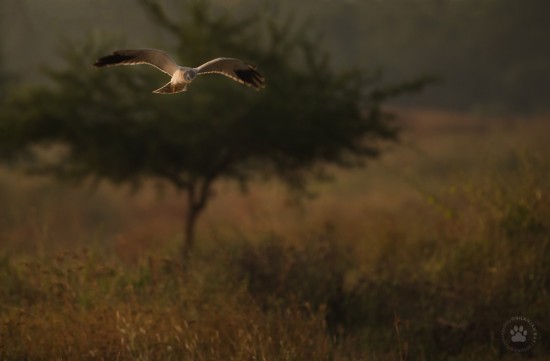
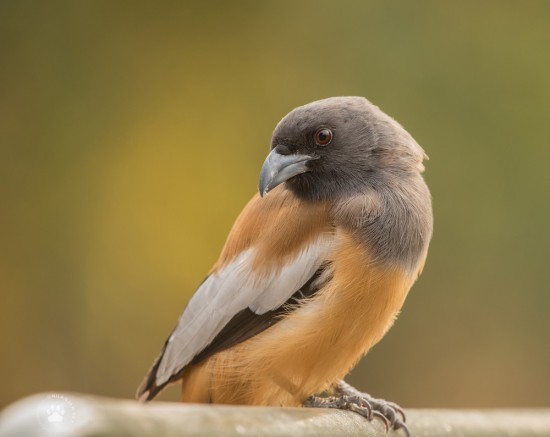
So here is my feedback after two weeks of shooting in the field.
The good:
- This lens is sharp at f/5.6, and doesn’t need stopping down. Sharpness is slightly better in the centre than the 80-400mm AF-S, IMO.
- Good enough AF (but see my comment about D610 below). At par with the AF of the 80-400mm AF-S, I would think. I used AF-C D1 and D9, lock on = 3, release priority throughout the trip. The lens also performed pretty well when shooting BIF in AF-C D9 and 3D mode (disclaimer: I am not a birder). AF is a little better when using the 6m – infinity setting.
- Once AF locks on, it is consistent across shots in a burst. Nevertheless, I typically shoot bursts of 2 to make sure of nailing a shot.
- VR. I have taken sharp shots handheld at 1/40s @500mm, while standing on the wobbling seat of a safari vehicle. See the tiger close-up.
- Well balanced lens. One gets used to handholding. I never utilized the beanbag that I had carried.
- I shot in very dusty conditions. The lens seems to do a good job in preventing dust from getting in. No idea yet about performance in moist conditions or in rain. Note: I used a large, cotton laundry bag to protect the lens + body from dust when the vehicle was moving.
The not so good:
- Quick zooming is an issue. The zoom ring requires too much of a twist. I tried to maintain AF lock and zoom in/out, but that didn’t work so well. So I had to go back to zooming and then reacquiring focus. Note: I was shooting handheld. If one uses a monopod or beanbag, zooming will be less of an issue, since one wouldn’t have to support the lens.
- The lens hood comes off easily.
- AF works better with the D7100 than with the D610 in bad light (D7100 focuses in -2 EV).
- I missed the 80-200mm range a couple of times. It would be good to have another camera body with a 70-200mm when using the 200-500mm.
Overall, the pros of the lens significantly outweigh the cons. The lens is a great buy. There are always compromises, especially at that price point, and one has to work around them.
Thanks for looking and reading. Happy shooting.
500px: http://500px.com/nilanjanray
